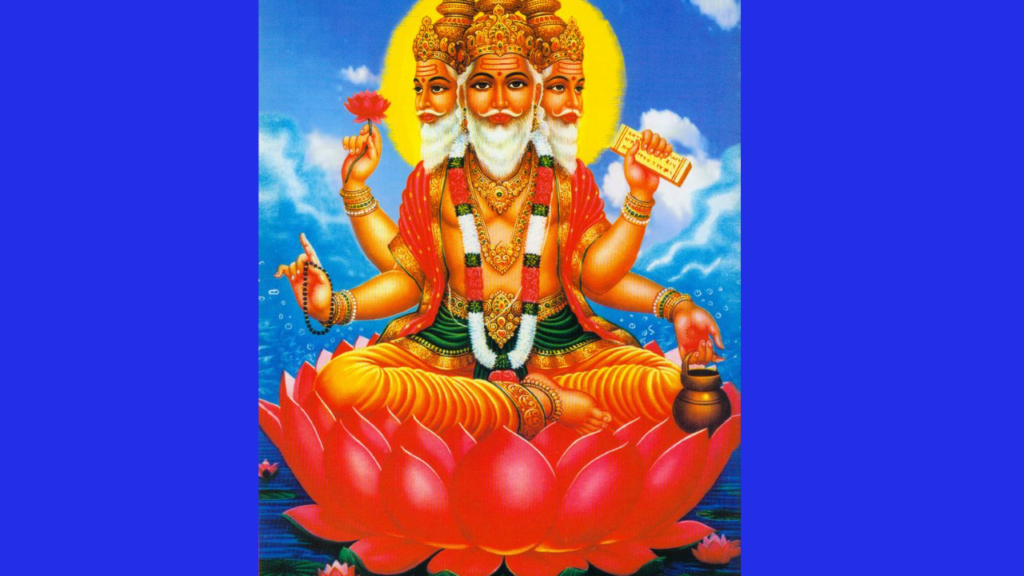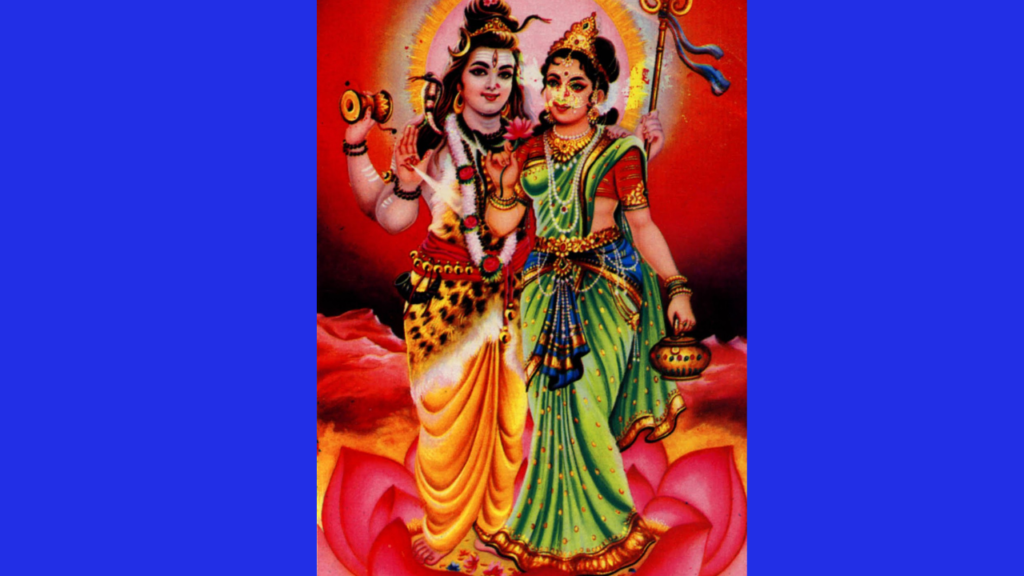Table of Contents
lets go on history
Sanātana Dharma is a term of great historic import as commonly found in Hindu tradition and philosophy. “Sanātana” imparts an eternal quality which is unchanging and applies universally, while “dharma” means duty, righteousness or the cosmic law governing moral and natural order in the universe.
The word dharma sanātana is already used in the classical Sanskrit literature, such as in the Manusmrti (4-138) from the 1st-3rd century CE and in the Bhagavata Purana from the 8th-10th century CE.
In the late 19th century, the word was rediscovered in the Hindu revivalism movement as a name for Hinduism as a religion to bypass having to use the name “Hindu” which is etymologically of Persian origin.
Historical Use and Revival
Indeed the term “dharma sanātana” could be traced to ancient Sanskrit texts such as Manusmṛti (4.138) and Bhāgavata Purāṇa of the 8th to 10th CE. In those texts Sanātana Dharma was said to be a timeless set of principles or law that was to govern human conduct in keeping with cosmic order.
In the 19th century, in the context of colonial rule and increasing Western influence, Hindu reformers and revivalists, such as those in Sanātana Dharma Sabha, began to use the word to describe Hinduism in a manner that highlighted its native and eternal character. This was partly a reaction to the term Hindu, which is of Persian origin and was somehow felt to be an external label.
The revivalist movement repositioned Sanātana Dharma as the “traditional” form of Hinduism against newer, reformist movements like the **Arya Samaj** or the **Brahmo Samaj**, that were always seeking to modernize and simplify Hindu practices.
Competing Religious Movements
**Sanātana Dharma** and reformist movements have been locked in ideological and cultural battle for centuries. The **Arya Samaj**, initiated by Swami Dayananda Saraswati in 1875, abjured idol worship and was bent on going back to Vedic roots of the Hindu faith, with a crusade for monotheism and social reforms such as caste abolition. Sanātanis would focus on preservation and continuation of old rituals, temples, and worship of the many deities in the Hindu pantheon.
This division on ideological grounds between the Sanātanis (conservatives/orthodoxes) and the Samajis (reformists/liberals) has been said to be as profound as the Catholic-Protestant bifurcation in Christianity, even in countries like South Africa, where the Hindu populations were divided along this line. Reformist sects such as the **Ramakrishna Mission** and **Radha Soami** vie with each other to win followers who appropriate their own interpretations of Hinduism.
Trimūrti (Three Principal Deities)
The traditional understanding of Sanātana Dharma worships the **Trimūrti**, the triad of supreme gods, which individually personify three cosmic functions:
1. **Brahmā, the creator**, is the one who is behind creating the universe and all living beings. It would come as a surprise that despite being a part of the Trimūrti, Brahmā has hardly any number of temples attributed to him, except perhaps the one located at Pushkar in Rajasthan. The legend of Brahmā lying about the Lingam of Shiva and subsequently being cursed so that he was not allowed to be worshipped on a large scale is one reason for the little followers of Brahmanism.

2. The Sustainer, Vishnu, upholds the cosmos in balance and harmony. His incarnations, including among them Rāma and Krishna, are also widely worshiped throughout India. The images of Vishnu- the crowned and jeweled god, holding the emblems of power: mace, discus, conch, and lotus- suggest his role as a preservative of dharma.

3. **Shiva**: Often known as the destroyer, completes the cosmos by ushering in destruction-necessary for renascence and creation. His appearance as ascetic and householder, with his consort, Parvati, marks his duality as a god who cannot be contained by simplistic ideas of creators or destroyers. Much of the worship of Shiva focuses on the ability to move beyond time and space through the practices of meditation and dissolution.

To know More click here